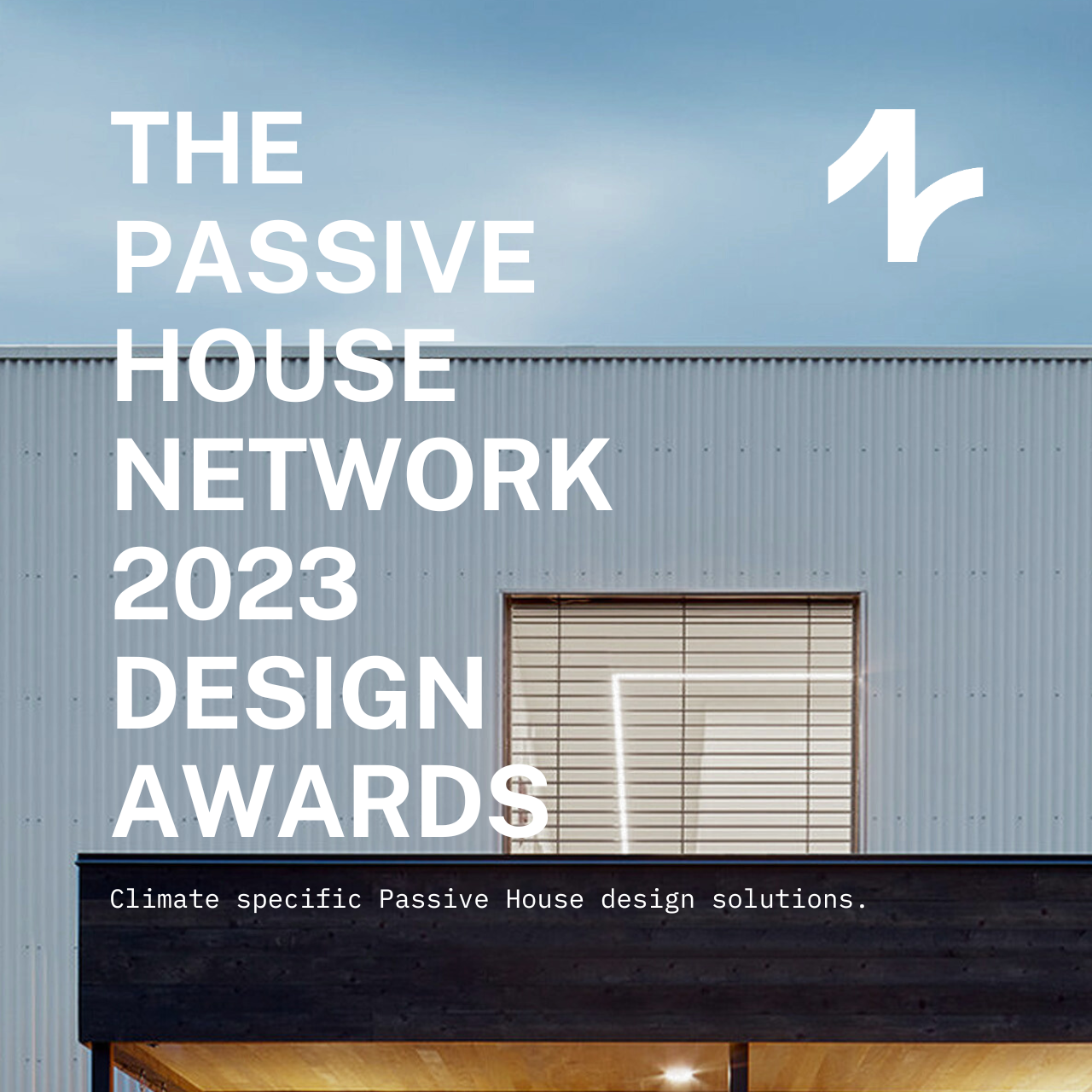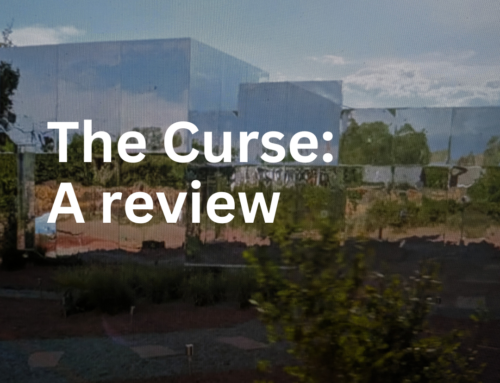The 1st Annual PHN Climate Design Awards Winners Announced
The Passive House Network is honored to present the first annual Climate Design Award winners. Spanning all of North America’s dynamic topography, from very hot to arctic conditions, dense urban lots to open wilderness, the judges were tasked with selecting projects that are robustly climate adaptive, beautiful, and thoroughly engaged with their place.
Thank you Awards Sponsor, Wythe Windows
Judges:
- Lloyd Alter has been an architect, real estate developer, and writer
- Jessica Grove-Smith is senior scientist and joint managing director of the Passive House Institute in Darmstadt, Germany
- Samantha Josaphat-Medina is an Architect and the founder of Studio 397 Architecture
- Luis Medina is a Principal at Studio 397 Architecture
- Marine Sanchez leads RDH’s Passive House services
- Lindsay Schack, AIA, is Co-Founder of Love|Schack Architecture
- Brad Tomecek, FAIA, is the founder of Tomecek Studio Architecture

“It is hard enough to build anything on a tight New York site, but Flow Chelsea pulls off Passive House with clever details and materials, and nice shades” – Judges
From Architects: In New York City, where buildings account for over 70% of carbon emissions, our goal for “Flow Chelsea” at 211 West 29th Street was to set a new sustainable architectural benchmark. Our partnership with Bernstein Real Estate (BRE) was grounded in a mutual ambition to redefine urban sustainability standards, by adhering to Passive House criteria. BRE also chose to provide affordable housing to reflect NYC’s economic diversity. With tools like the Passive House Planning Package (PHPP) and Therm at our disposal, and iterative design revisions, we could fine-tune each element of our design. Specific focus areas included ERV efficiency, Variable Refrigerant Flow (VRF) heat pump performance, appliance energy consumption benchmarks, commercial ventilation controls, lighting control efficiencies, and intricate detailing of window/cladding attachments and glazing properties. This iterative approach enabled us to tackle site-specific complexities adeptly, merging technical and design elements into a unified final product.

“Utilizing a collaborative design approach, community design results in a design addressing futureproofing, site integration and creation of an accessible path between lower and upper campuses. A unique massing and architectural character lending itself very well to PH, with a vast array of benefits.” – Judges
From the Architects: This new 13,000 square foot academic building represents a watershed in the history of Waring School, a private liberal arts middle and high school in Beverly, MA. Serving as a new campus entry point for the school’s faculty and 150 students, the building houses classrooms, informal spaces for independent study and small-group sessions, and an auditorium designed around the All-School Meeting, a daily touchstone at Waring since the school’s founding in 1972.
Meeting the Passive House standard of energy efficiency and indoor air quality, the design also addresses longstanding site-circulation and environmental challenges on the campus. The building replaces a repurposed residential structure that was plagued by periodic flooding. Sited above the flood plain, and spanning a 12-foot vertical slope, the new building provides a fully accessible path—as well as a visual and programmatic bridge—between the school’s lower and upper campuses. The form of the building is used to provide an accessible route through the building and to the upper campus of the institution, deploying the architecture of a single building to provide equity for an entire campus, while providing adventurous, exterior spaces.
Hotel Marcel by Becker + Becker Associates, Inc.

“Becker and Becker preserve the classic Marcel Breuer building and make it a cutting edge, passive house, solar powered, healthy and all-electric modern marvel ” – Judges
From the Architects: Hotel Marcel results from the historic preservation of the Pirelli building, an office and research building, originally designed by Marcel Breuer in 1969 at the gateway to New Haven, Connecticut. The iconic Brutalist structure has been transformed into a 165-room boutique hotel and conference center with over 9,000 sf of meeting space, branded within the Tapestry Collection by Hilton. It is the first hotel in the United States designed to meet EnerPHit or Passive House standards.
Opened in May 2022, Hotel Marcel creates a new model for sustainable hospitality through electrification, zero operational carbon and minimizing embodied carbon through adaptive re-use of an existing building. Re-use of the building gives new life to a significant work of mid-century modern architecture as well as to the embodied carbon of a prominent steel and concrete structure dating back 50 years. Furthermore, the hotel strives to balance its energy production and consumption to minimize its use of the planet’s resources.

“Winnipeg is so cold it is nicknamed Winterpeg, yet, this project will hit Passive House with ‘theatrically opening and closing shutters’, low carbon construction from mass timber, and demonstrates ‘a commitment to climate action through the built environment.’ Every building should.” – Judges
From Architects: Located in Winnipeg’s burgeoning southwest, north of a primary motorway into the city, Buffalo Crossing is situated on Muir Lakes south shore, the largest of seven lakes formed in reclaimed clay and gravel pits abandoned by the Canada Cement Company in the 1950’s. The 18,000 sf two-story mass timber Visitor Centre will consist of admissions, gift shop, café, lobby, gender neutral washrooms, prep kitchen, learning, pre-function, indigenous, and event spaces. The new marquee gateway to FortWhyte Alive’s 660 acre nature campus, offering environmental education and recreation programs, Buffalo Crossing will be a living exhibit of climate resilience, reconciliation, and stewardship, facilitating expanded programming and revenue for the non-profit. Set back on the site amidst wispy aspens, Buffalo Crossing is perched between and over granite gabion walls, concealing the naturalized site beyond, while providing access through paired offset gabion walls. Open, transparent, and welcoming, Buffalo Crossing is designed to draw people in, framing views and connecting visitors to the campus.

“The concern with embodied carbon and the brave use of concrete-free ground floor exemplifies this project mission to align Passive House details that meets the demands of an architectural expression that isn’t compromised.” – Judges
From the Architects: The 2-unit, three story building is situated on a difficult site adjacent to a busy arterial road – with 6 lanes on a hill, traffic noises and air pollution or severe impacts on the property. The Passive House approach allowed the project team to mitigate these acoustic and visual challenges and create a quiet, comfortable, healthy indoor environment, while also dramatically reducing energy use. The bold design, with rich wood and metal siding emphasized by large window openings, was the result of a careful and pragmatic approach to optimize the home for passive solar while shielding occupants from the busy highway; prioritizing simplicity in order to optimize energy performance. Minimizing embodied carbon was also a priority: the main floor is constructed from two layers of OSB subfloor, cross laminated, glued and screwed, directly over the vapor barrier and 6” of EPS foam, on the gravel substrate: no concrete was used in the floors of either unit. There is also no steel in either home: floors and roof are all open-web trusses, while the walls are 2×6 wood studs and larger structural beams are glulam and microlam. The south glazing facing the highway is fixed for maximum acoustic and air quality protection. The north unit features a large skylight over the stairwell, which provides much of the home’s solar heat gain as well as natural light.





